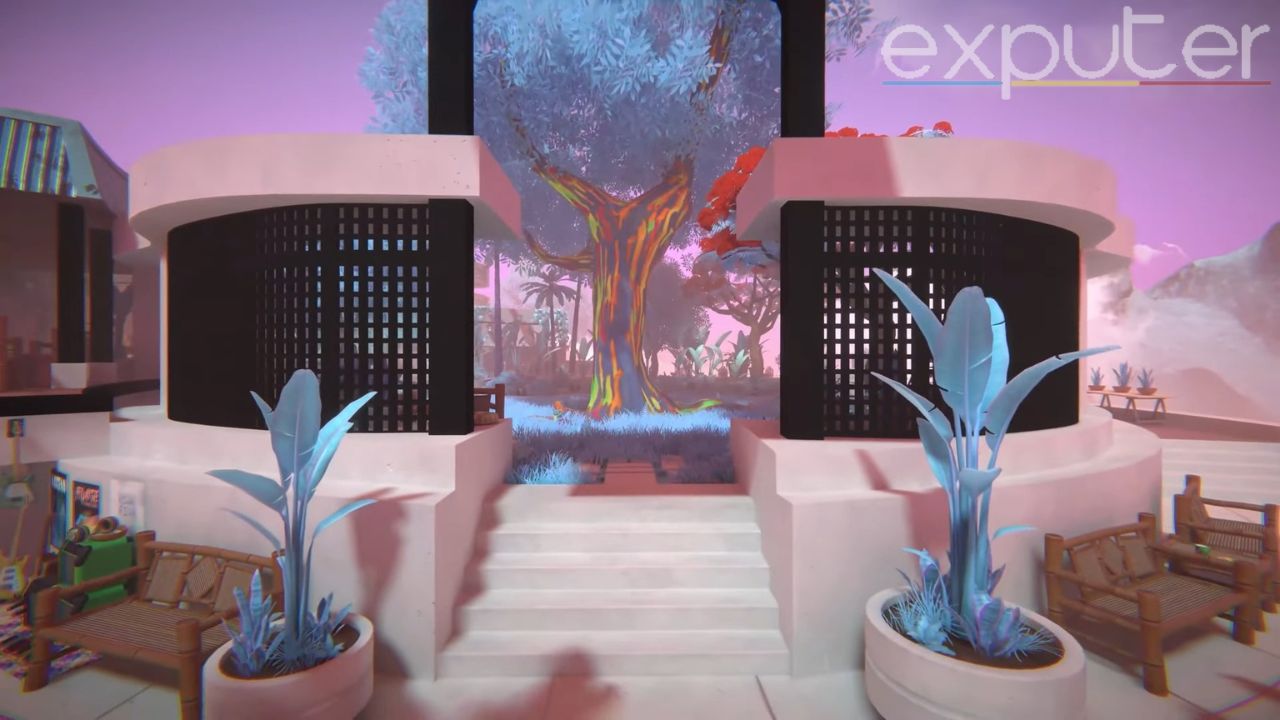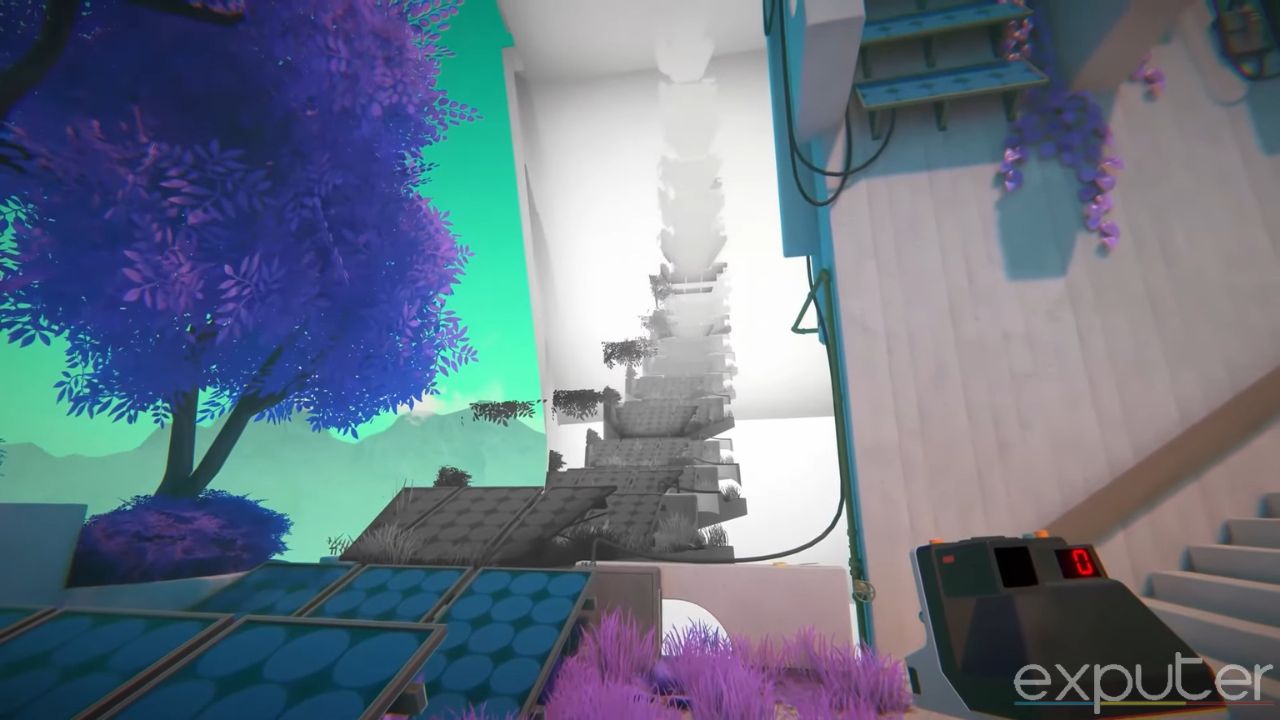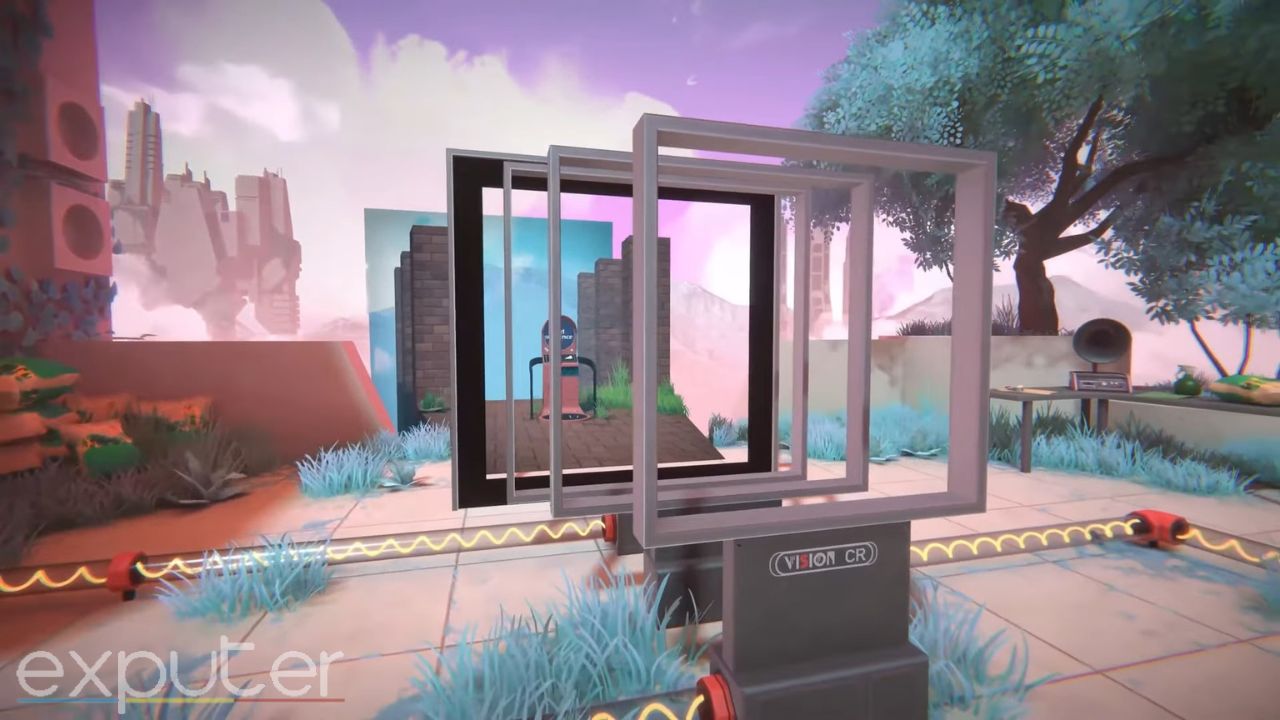Viewfinder Review
Overall
-
Story And Setting
-
Gameplay
-
Visuals And Performance
Verdict
Viewfinder is a captivating and mind-bending puzzle adventure that pushes the boundaries of gameplay innovation.
Pros
- Innovative Gameplay
- Captivating Art Style
- Diverse Levels
- Creative Problem Solving
Cons
- Underdeveloped Plot
- Weak Characters
Remember the Portal series? The mind-bending puzzle-solving video game developed by Valve became a sleeper hit when it was released. And while the future of this franchise is bleak, developers at Sad Owl Studios have attempted a similar take on the genre where new paths are opened not through portals but elaborate photographs possessing the power to reshape reality.
- Developer: Sad Owl Studios
- Publisher: Thunderful Publishing
- Release Date: July 18, 2023
- Platforms: PC, PlayStation 5
- Game Length: 3.5 Hours
- Time Played: 8 Hours
- Editors Note: We thoroughly tested Viewfinder on PC, putting just under 10 hours into the campaign.
With optical trickery and creative solutions at your fingertips, embark on a surreal journey through a dystopian world where puzzles and mysteries await at every turn. Let’s assess this game through the lens of our Viewfinder view, where reality is what you make of it.
Story And Setting

Viewfinder invites players to traverse a surreal universe, uncovering the mysteries of a world facing the ravages of climate change. Set against a backdrop of a dystopian Earth with an eerie, Blade Runner-esque orange hue, the game presents players with a unique plot-driven experience intertwined with an innovative puzzle-solving mechanic.
While the story’s execution may falter, the setting and environmental design leave a lasting impression, painting a vivid canvas of an Earth teetering on the brink of disaster.
The game’s setting paints a striking picture of a world marred by ecological decay, with nature’s vibrant hues giving way to an artificial and desolate landscape.
The game introduces players to an enigmatic protagonist, a nameless wanderer thrust into a sprawling, abstract universe devoid of explanation. This player-character is sent on a quest to explore four hubs designed as testing grounds by a team of exceptional scientists: Aharon, Hiraya, Chi Leung, and Mirren.
The objective remains vague initially, with players only gradually learning the purpose of their journey. Jessie, the Anglo-American-accented partner on communications, provides occasional guidance, while a Cheshire Cat-like AI companion named Cait lends a soothing presence throughout the levels.
Viewfinder’s narrative, primarily revealed through audio logs, journal excerpts, and scattered notes, struggles to captivate players. The plot is framed as a VR simulation created by the scientists tasked with deciphering the blueprint of a machine capable of reversing Earth’s impending collapse due to climate change.
Viewfinder’s narrative, primarily revealed through audio logs, journal excerpts, and scattered notes, struggles to captivate players.
While the premise is intriguing, the storytelling lacks a cohesive flow and relies heavily on disconnected fragments, rendering the overall experience somewhat disjointed. This fragmented narrative approach dampens the impact of the plot, leaving players with more questions than answers about the character’s motivations and their world.
Gameplay

At the core of Viewfinder’s gameplay lies the revolutionary picture-to-reality mechanic. Armed with an old-school instant film camera, players can snap photographs of objects and scenes in the game world. By holding up these 2D images, players can superimpose them into the 3D environment, creating tangible pathways, bridges, and platforms to overcome obstacles and reach their goals.
This perspective-based puzzle-solving tool opens up a world of possibilities, and the game masterfully introduces new twists and mechanics as players progress, ensuring they are consistently amazed by the creative solutions they can devise.
This perspective-based puzzle-solving tool opens up a world of possibilities, and the game masterfully introduces new twists and mechanics as players progress.
The gameplay mechanics are brilliantly crafted to maintain a seamless and immersive experience. Players can rewind their movements with a quick double-tap, enabling them to experiment and correct their mistakes without any penalty. This freedom encourages players to think outside the box, test various ideas, and explore the game’s expansive landscapes.
Sad Owl Studios strikes a perfect balance between challenge and accessibility, ensuring that the gameplay remains engaging without becoming frustrating. The gradual introduction of new elements, such as photocopiers, batteries, and color filters, adds depth and complexity to the puzzles, demanding players’ creative problem-solving skills.
Armed with an old-school instant film camera, players can snap photographs of objects and scenes in the game world.
One of the game’s standout features is the ability to interact with pre-existing images found throughout the levels. These images, ranging from famous paintings to retro video game screenshots, can be collected and brought to life in the game world.
This aspect not only adds a unique and surreal touch to the gameplay but also rewards players’ curiosity and exploration. Whether navigating through a DOS-era dungeon crawler or utilizing the jump power-up from a Metroid-esque screenshot, incorporating these images adds depth and variety to the puzzle-solving experience.
The game’s pacing is commendable, with each level introducing new challenges and ideas steadily and engagingly. Viewfinder’s puzzles are diverse and cleverly designed, constantly evolving to keep players on their toes.
Visuals And Performance

Visually, Viewfinder is a feast for the eyes. The game features a futuristic and abstract aesthetic, with floating island landscapes bathed in vibrant colors. The contrast between the vivid hues and the ominous red-skied Earth in the distance creates an otherworldly atmosphere that draws players into its captivating embrace.
Each level is beautifully designed with meticulous attention to detail, making every corner a potential source of wonder and discovery.
The game’s art style seamlessly blends realism with abstraction, creating a unique and visually striking experience. The environments are filled with imaginative structures and bizarre landscapes, making players feel like they have stepped into an artist’s dreamscape. Using perspective and optical illusions further enhances the visual appeal, constantly challenging players’ perceptions and inviting them to explore every nook and cranny.
Superimposing images onto the game world, creating 3D environments from 2D photographs, and allowing players to freely experiment with their creations could have posed significant technical challenges.
The attention to detail extends beyond the environments to the game’s objects and textures. Each photograph brought to life exhibits impressive clarity and realism, making the transformation from 2D to 3D seamless and believable.
Players encounter different types of photographs, ranging from black-and-white sketches to watercolor paintings and pixel art. Whether players are placing a picture of a door to create an entryway or crafting a staircase from a sketch, the visual fidelity remains consistently high, adding to the overall sense of immersion.
Moreover, Viewfinder maintains a smooth and reliable performance throughout the entire experience. The transitions between different scenes and levels are instant and seamless, allowing players to explore and experiment without any interruptions or loading times.
The game’s audio design also deserves praise for its atmospheric and immersive qualities.
The developers have done an exceptional job of optimizing the game for a fluid and immersive experience, ensuring that the technical aspects never impede players’ enjoyment.
The game’s performance is especially commendable, considering the complexity of its picture-to-reality mechanic. Superimposing images onto the game world, creating 3D environments from 2D photographs, and allowing players to experiment with their creations freely could have posed significant technical challenges.
However, Sad Owl Studios has delivered a polished and stable performance that showcases the team’s skill and expertise.
The game’s audio design also deserves praise for its atmospheric and immersive qualities. The ambient soundtrack complements the visuals perfectly, enhancing the sense of mystery and wonder as players explore the unique landscapes. Sound effects, such as the mechanical whirring of the camera or the subtle audio cues for successful picture placements, add a layer of satisfaction to the puzzle-solving experience.
Verdict

Viewfinder is a captivating and mind-bending puzzle adventure that pushes the boundaries of gameplay innovation. Its unique perspective-based mechanics, where photographs become portals to altered reality, make for a truly exhilarating experience. While the story and characters may not leave a lasting impact, the gameplay’s creativity and puzzle variety more than makeup for it.
With stunning visuals and seamless performance, Viewfinder delivers an unforgettable journey that will leave you awestruck. Prepare to be mesmerized by this inventive and surreal adventure, which proves that there’s still untapped potential in the world of puzzle gaming.
This has been our Viewfinder Review. While you’re here, consider checking out some of our other articles.
- Pikmin 4 Review
- Remnant 2 Review
- Exoprimal Review
- RimWorld Review
- Minecraft Review
- Layers of Fear Review
- Superliminal
- Portal
- The Witness
- It Takes Two
- Jusant
Thanks! Do share your feedback with us. ⚡
How can we make this post better? Your help would be appreciated. ✍



